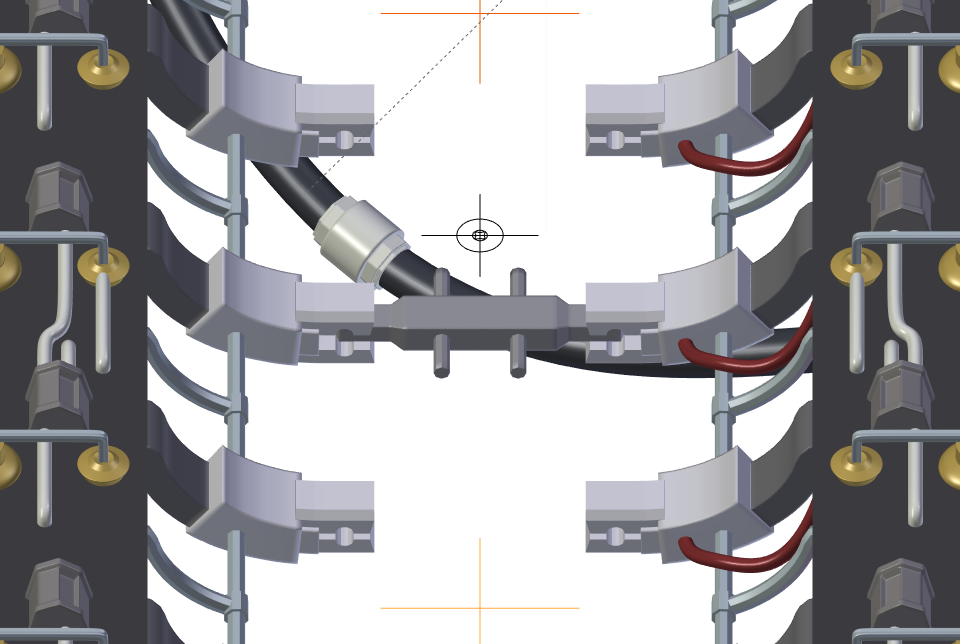I'm using 3d to speed up production of 2d graphics of machines and structures (which have a lot of straight lines, objects and little details repeated all over the place).
The goal is to have an isometric background image that repeats seamless. I set the camera with orthographic projection and 45° of rotation.
And manually cut the vertical borders in an image editor in the position where it repeats. Then I can do something like this:
Instead of cutting it manually every time I do a test, I would like to set the camera view position and height from Blender. Then I can render an already seamless repeated image.
Those two Empty objects in the boundaries are where the camera borders should be. However I have no clue how to accurately set up the camera in this case. How can I do this?






